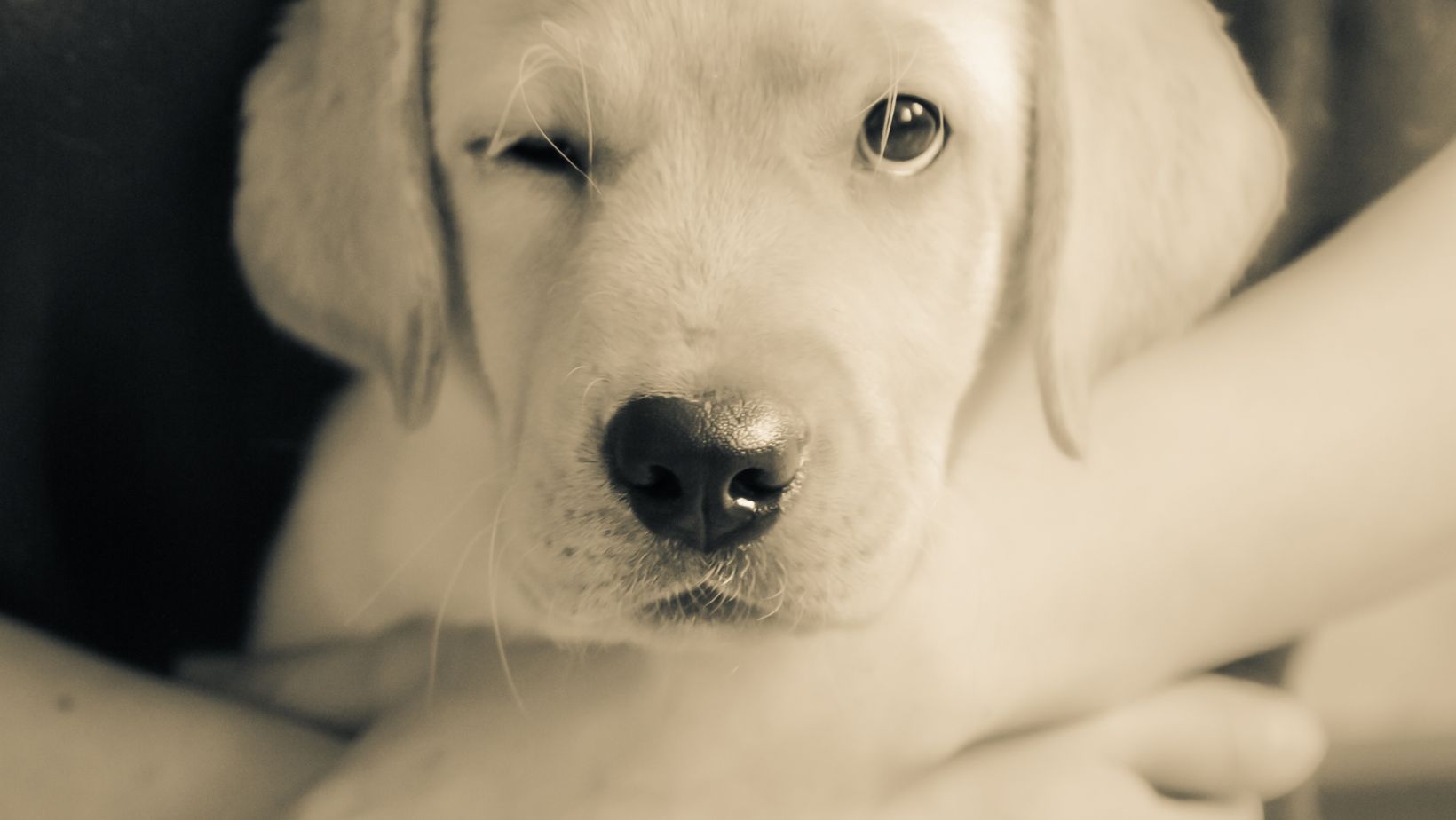How to Train Your Puppy Not to Jump
Training a puppy not to jump can be a challenging task for many dog owners. However, with the right techniques and guidance, it is possible to teach your furry friend proper behavior. In this article, I will share a teaching routine that I learned from Labrador trainers on how to train your puppy not to jump.
Labradors are known for their friendly and energetic nature, which often leads them to greet people by jumping up. To address this behavior, Labrador trainers have developed an effective routine that focuses on positive reinforcement and consistency. By following these steps, you can help your puppy learn appropriate greetings without resorting to jumping.
Firstly, it’s important to establish a clear set of rules regarding jumping. Consistency is key here – make sure everyone in the household is on the same page when it comes to allowing or discouraging jumping behaviour. Next, provide an alternative behavior for your puppy to engage in when they feel excited or want attention. For example, you can teach them to sit or offer a paw instead of jumping up.
During training sessions, reward your puppy with treats and praise whenever they exhibit the desired behavior of not jumping. This positive reinforcement will reinforce the idea that good things come from staying grounded rather than leaping onto people. Be patient and persistent throughout the process as it may take time for your pup to learn the new routine.
By implementing this teaching routine inspired by Labrador trainers, you can effectively train your puppy not to jump and promote calm greetings with both family members and visitors alike. Remember that consistency and positive reinforcement are paramount in shaping your puppy’s behavior. So let’s get started on creating a well-mannered canine companion!
Creating a Structured Routine
When it comes to training your puppy not to jump, establishing a consistent schedule is crucial. Dogs thrive on routine, so having set times for feeding, walks, playtime, and training sessions can help them understand what is expected of them. By following a consistent schedule, you provide your puppy with stability and structure, which makes it easier for them to learn and adapt.
To create a structured routine, consider the following tips:
- Establish specific times for meals: Feeding your puppy at consistent times each day helps regulate their digestion and prevents inconsistent behavior.
- Set aside dedicated training sessions: Allocate time each day solely for training exercises focused on teaching appropriate behavior like sitting or staying calm when greeting people.
- Incorporate playtime: Engaging in interactive play sessions not only provides physical exercise but also helps strengthen the bond between you and your puppy.
- Allow time for relaxation: Just like humans, dogs need downtime too. Ensure that there are periods during the day where your pup can rest and recharge.
Establishing Clear Rules and Boundaries
Another essential aspect of creating an effective routine is setting clear rules and boundaries for your puppy. Consistency in enforcing these rules will help prevent jumping behaviors from becoming ingrained habits.
Here are some guidelines to consider when establishing rules:
- No jumping on furniture or people: Teach your puppy from an early age that jumping on furniture or people is not allowed. Encourage them to use designated areas such as dog beds or blankets instead.
- Use commands consistently: Choose simple commands like “off” or “down” to indicate that jumping is not acceptable. Be consistent in using these commands and reward your puppy when they respond appropriately.
- Reinforce desired behaviors: Whenever your puppy greets people calmly without jumping, provide positive reinforcement such as treats or praise to encourage them to continue behaving well.
Remember, patience and repetition are essential when training any dog. With a structured routine centered around consistency, clear rules, and positive reinforcement techniques, you’ll be on your way to teaching your puppy not to jump in no time.
